28 October 2021
By the beginning of the school year, the employees of the project "Different children - equal rights!" talked to the staff of several NGOs about school problems, challenges and changes taking place due to their work. Our first publication was a conversation with Marina Gromova, project manager of the Charity Foundation “Galaxy”, founder of the volunteer movement “Do you Know how? As you know...” from St. Petersburg.
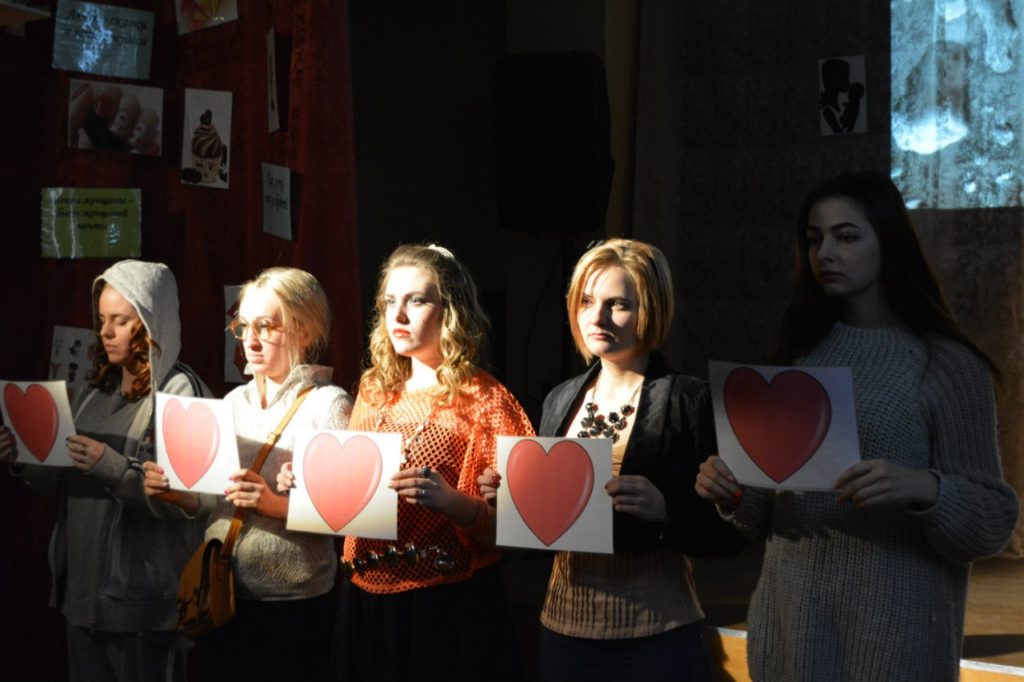
“In the children’s production, the role of the “tree” will be chosen”
– We work with children in difficult life situations: children from orphanages and boarding schools, children from low-income and single-parent families, simply “problematic” children, and children under supervision. Basically, these children study at a vocational school, but even at school they face a number of problems.
Firstly, there is a lot of pressure due to the social difference. We like to divide everyone into “successful” and “unsuccessful”, “good” and “problematic”. And children find themselves in the category of “problematic” only because they were born in the wrong family, do not have a certain status and financial situation. Unfortunately, they are often initially treated not quite adequately by teachers. They are stigmatized, branded “difficult”, “unsuccessful”.
Some of them go to vocational school in a meaningful way to get a profession, but the majority – because they were “kicked out” of school, offered to pick up documents. As a rule, these children have inadequately low self-esteem, even with seemingly inflated. They have rarely had success stories in their lives that they can really be proud of. They often don’t believe in themselves that they can do anything. If they participate in a children’s theater production, they will choose the role of a “tree” with a minimum of words and actions.
Secondly, this is everything related to bullying. Bullying at school sometimes begins just with a sideways glance, a careless word of the teacher, which other children pick up. Of course, I’m not saying that this happens everywhere and regularly, but there are such cases. Recently, the Internet has been increasingly used for bullying: cyberbullying is spreading outside of school. For example, groups and chats that spread suicidal appeals can be layered on this.
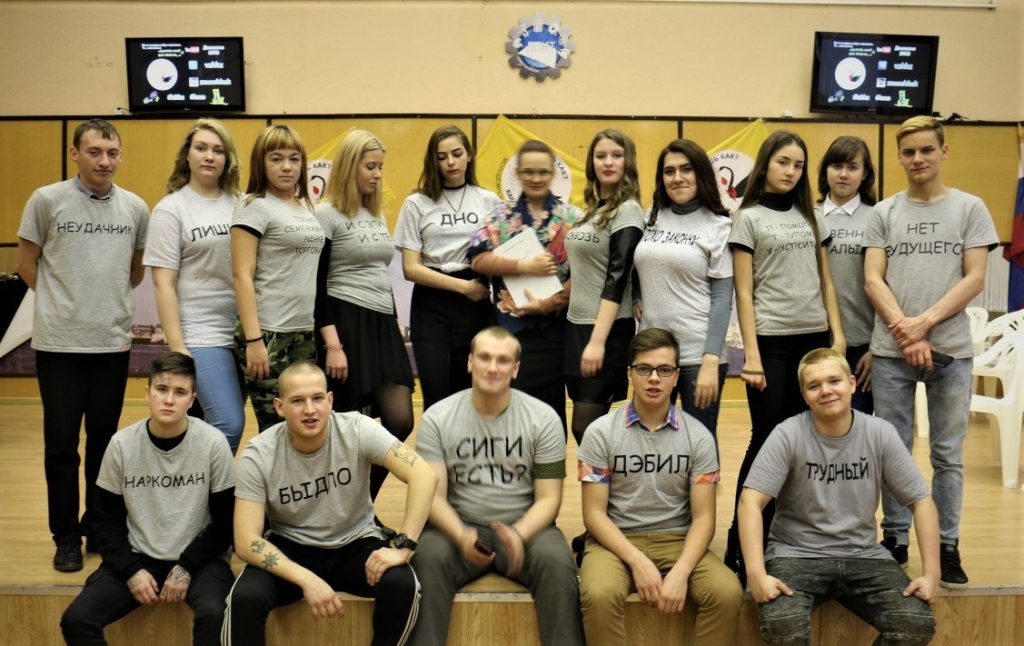
“Prevention is punitive in nature”
Another problem is that in our school system, all prevention is mainly punitive in nature. What is prevention in an educational institution? This is a lecture by a specialist or an old poster with a crossed-out syringe. Unfortunately, prevention does not keep up with the rapidly changing world. As soon as something appeared that works really well, it is already outdated.
On the other hand, the teacher’s hands are often tied; there are practically no tools except to scold, to shake a finger. Some children feel permissiveness, can be rude, and interfere with teaching lessons.
The understaffing of schools by psychologists, professional deformation and emotional burnout of teachers also affects. There have been supervisors and preventive practices in the world for a long time, but we rarely can find this. Our teachers have to work with a complex contingent for quite modest money, in a heavy schedule, with a lot of paperwork. It is objectively difficult, no matter how big a heart and an open soul a person has.
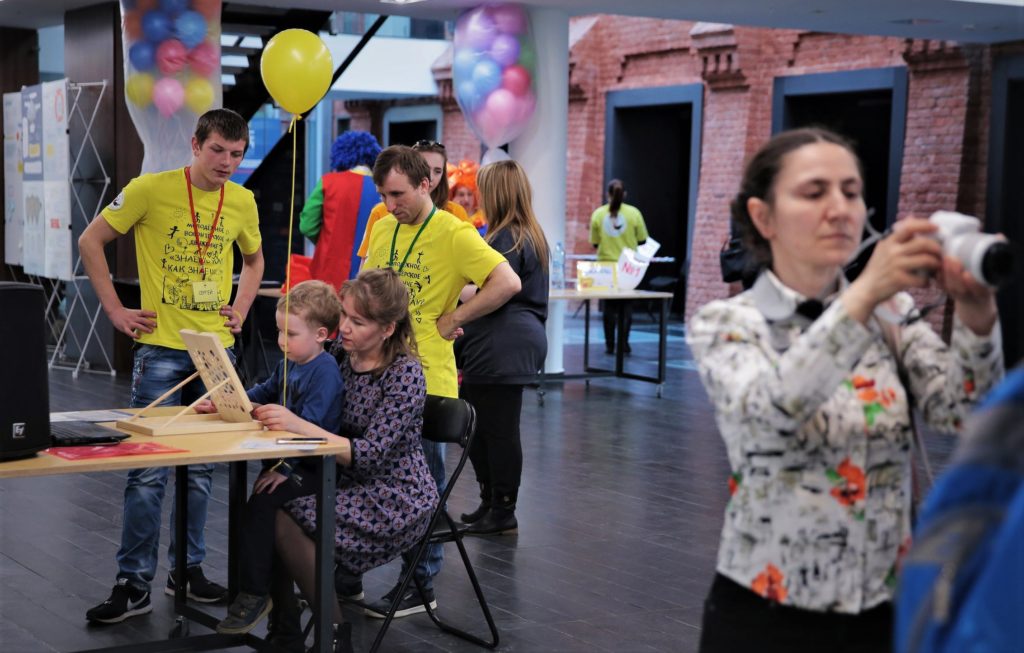
“Helping others – you change yourself”
In 2009, I founded and still lead the volunteer youth movement “Do you know how? As you know…”. It includes those who are commonly called “difficult teenagers”.
We have many success stories, when, it would seem, those who were perceived as unsuccessful, achieve a lot. They earn money, open businesses, and get higher education. Our volunteer movement was attended by almost eight hundred people, and 86% of them entered universities. I think this is a huge percentage.
Our task is to prove that not everyone is born a star, but everyone can become one. There are two dimensions in the program: helping others – you change yourself. It is difficult to offer help to such teenagers just like that, because no one, especially a teenager, wants to admit that he needs help. Therefore, we ask them to help others such as younger children who are still in an orphanage, their peers, the elderly, homeless animals.
Sometimes they think that volunteers are such positive boys and girls who want to help the world, speak different languages, but in reality not everything is so rosy. It takes a lot of time to adapt, at first it may resemble communicating with tigers in a cage, these are not fluffy cats. A lot of individual psychological work is required, it is important not to wait for changes immediately, this is a process.
And when they become little stars, for example, instructors, actors or event hosts, they thus change themselves. When it turns out to change the world, faith in oneself and control over one’s own life improves. Doing good is easy, and the main thing is to take the first step.
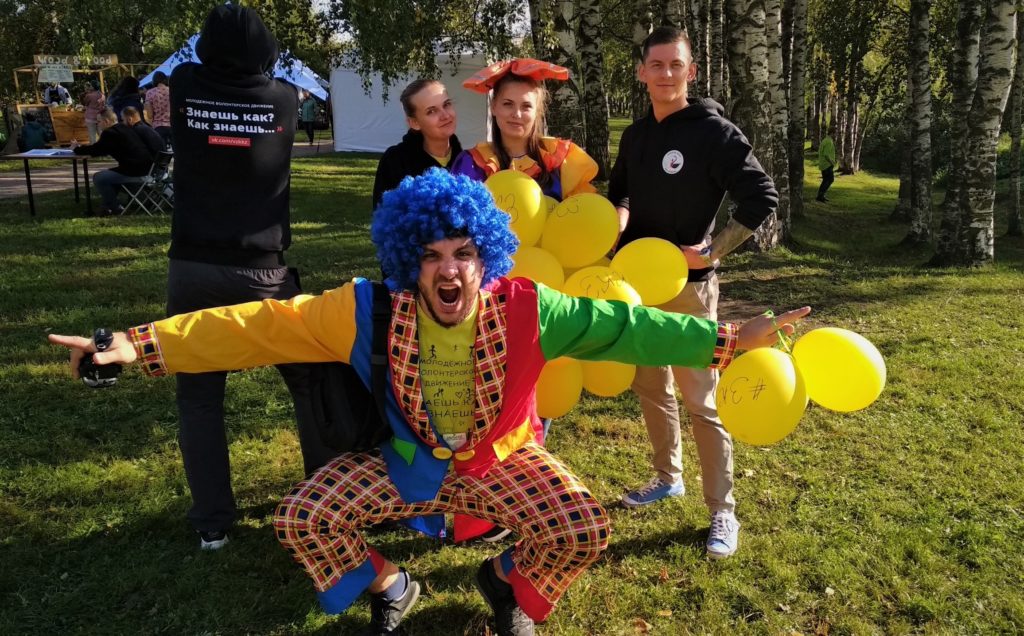
Prevention with a human face
Volunteers have several areas of work. The first is preventive measures. We ourselves develop and adapt what is in the world. Various interactive, game preventive formats: games, quests, performances for peers. Main topics: everything related to violence, addictive behavior, especially prevention of drug use and HIV. Two things are important: teenagers talk about this topic with their peers, it’s not boring, it happens in a lively, interactive form. Our volunteers are trained to talk about these topics.
How does getting into the volunteers happen? Institutions send guys to us for training, for several days we conduct games and exercises for team building, for the development of leadership skills. In addition, if a volunteer conducts preventive work, he should know what he is talking about, and study the topic of prevention well himself. Then some percentage is eliminated: not everyone responds to volunteer activity, it’s not for everyone.
We have quite a lot of events for the volunteers themselves: for every external one, there is an internal one. Theater and dance studio, cinema lecture hall, championships in board games are held. This expands their picture of the world. Often children do something antisocial because they just don’t know how to do it differently.
Many people forget about this: we say “no” to them all the time, for example, “no to drugs”, but we don’t say “yes” to anything. With us, they see that they can live differently, they can relax differently. For example, every summer we go out for three days with tents, we have games like Fort Boyard there.
We also use the “positive adult model”, when a teenager has a certain leader, an authority who is not a teacher, educator or parent, cannot give an assessment, does not have formal levers of influence. If they want to call me Marina, that’s their right. After all, sometimes you want informal, home communication, without official names and patronymics. We still have volunteers from the first streams participating in some events, they are already thirty years old, which means that the atmosphere has been created correctly.

“They understand that they are doing good in its purest form”
The second direction is social work. For example, we believe that Santa Claus should come to everyone. Volunteers go out in costumes to kids from boarding schools and elderly people with a performance or concert. But everything is interactive, we interact directly with the audience, there are no scenes and seats in the tenth row.
In general, social activity encourages people to make changes. It’s great for teenagers when they see the result of their work. Here you come in a Snow Maiden costume to the elderly and see the joy in their eyes that they believe in it and say: “Snow Maiden, how beautiful you are, thank you for coming …”.
It’s worth a lot. They understand that they are doing good in its purest form, that right now, in these two hours, they have done more for this elderly woman than other people have done for many years.
We also have a program to help homeless animals. Our volunteers walk dogs from shelters; many animal rights activists have such needs. We noticed that this greatly increases the level of empathy. Many children want to get a dog, but this is not possible in residential institutions.
And here an abandoned child and an abandoned dog find a connection, affection in an amazing way. Some of our volunteers then become volunteers of these shelters, without our efforts. Responsibility increases, they are already ready to clean the cages, although at the beginning they did not even consider such work for themselves. It really works and helps with changes.
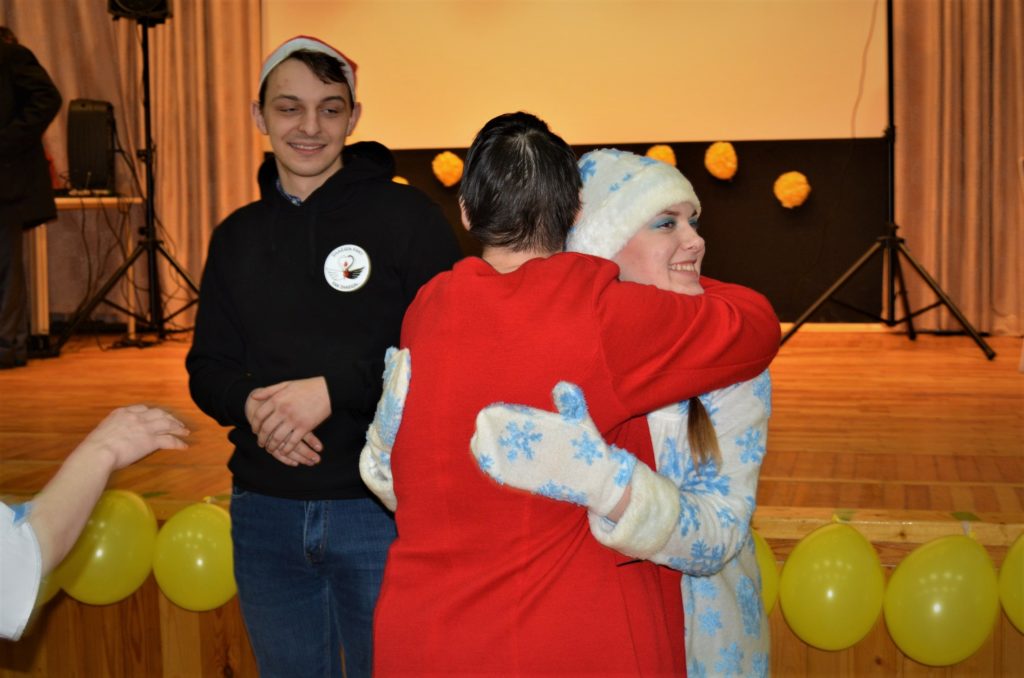
“The stratification in society is visible on social networks”
There is also a separate program against the sexual exploitation of children. This is a very difficult, complicated topic. We carry out various preventive activities, prepare materials for specialists.
Webcam modeling and prostitution are seen by many teenagers as an easy way to get money, there is no awareness of the consequences. This is partly due to insufficient study of age-related crisis periods, for example, the desire to become a famous blogger at any cost, not realizing that you are exposing something for which you will be ashamed later.
Now the stratification in society is especially read on social networks. Children look at what their peers have and ask why they don’t have it. As a result, expensive things and easy money become the norm, a symbol of status and prestige. And the fact that you need to work – no, “only fools work”. “Generation Z” is used to living here and now without thinking about the consequences. They take a loan, buy an iPhone and rejoice.
For many years, we have had a program “A firm step into adulthood” for the socialization of graduates of orphanages, more than five thousand people have already passed it. When children leave the walls of residential institutions and find themselves on their own, unpleasant things often happen to them. It’s simply because they are not ready for an independent life. Financial literacy is one of the components of the program that we are actively developing.
Many have the “orphanage child syndrome”: as long as there is money, there are immediately a lot of friends, luxury, and as soon as the money runs out, no one is around. This category of children very often becomes victims of scammers, especially on the Internet. There seems to be a lot of writing and talking about it, but new tragic cases are not uncommon.
The modern world is changing faster than teachers and preventologists can keep up with it. While we have worked out some topic, it often becomes outdated, a new one appears. I think universities need specialties in trend analysis and the development of comprehensive prevention programs, this is the future. Otherwise, we are doomed not to prevent, but to rehabilitate.
The material has photos from the group of the volunteer movement “Do you know how? As you know…”.
Prepared by Alexey Sergeev

